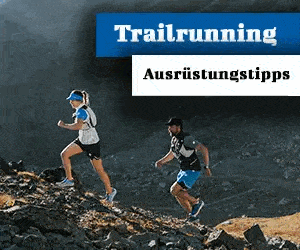Together with his rope partners, Martin Feistl climbed three impressive ice and mixed lines for the first time in the Dolomites within just a few weeks. The German alpinist and aspiring mountain guide explains in an interview why a clean ascent style is very important to him, how he weighs up the risks on tricky routes and what mishap happened on his first tour with Simon Gietl.
Martin Feistl His enthusiasm for the mountains was born in his cradle. From an early age he went on ski tours, mountaineering tours and alpine climbing tours with his family - learning mountaineering from scratch. The DAV expedition squad becomes a springboard for him.
With routes like Stalingrad (1000m, M8, WI7), Fear Control (800m, M8, WI6) or Victimes des étique(ttes) (110m, M10, WI3) he is making a name for himself as a purist first ascent with a preference for traditional protection - Even if he does sometimes put bolts on developments for the wider public.
This early winter, Martin Feistl benefited from the extraordinary conditions in the Dolomites and climbed some challenging ice and mixed lines for the first time within a week. It's high time for a conversation.
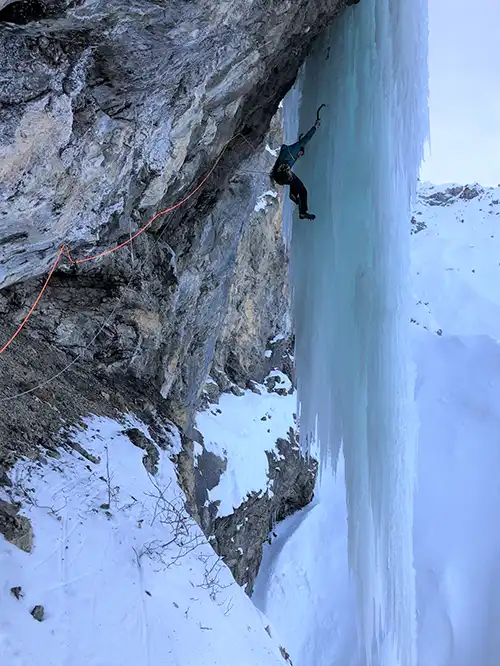
Martin, you went through the DAV squad forge. Are you already a professional and can you make a living from it?
I tried for a long time not to want that. I would say that I actively resisted getting paid for what I do out in the mountains.
Because I'm afraid that I will no longer be able or willing to afford my ideals once an existence is attached to them.
Martin Feistl
I'm lucky that I only have to take care of myself and can take that out of it. I'm probably more of a professional now than I would like to admit to myself. but I don't live from it.
Where does your idealism come from?
I think that has developed over the years. Maybe also through my critical view of being a professional. I've seen a few pros have this exact thing happen to them. So that through the influence of money they have done and marketed things that we know that they are not 100 percent behind.
I think that has shaped me, combined with my privilege, that I don't have to make a living from it. I think I'm also generally a person who, when I do things, does it as perfectly as possible.
If you look at your tour book, you'll notice that you do a lot of first ascents. Would you rather venture into the unknown than follow in the footsteps of others?
First of all: I think it's really important to repeat routes because that's where you can really grow, where you learn to assess and evaluate things. If you only made first ascents now, I think you would quickly become stuck in your own style.
For me, the exploratory aspect is an important factor when it comes to the first ascent. Knowing that there was no one there before and now you alone have control over what you leave behind.
Martin Feistl
I see many of my first ascents as a kind of work of art, as an expression of what I was able to achieve that day.
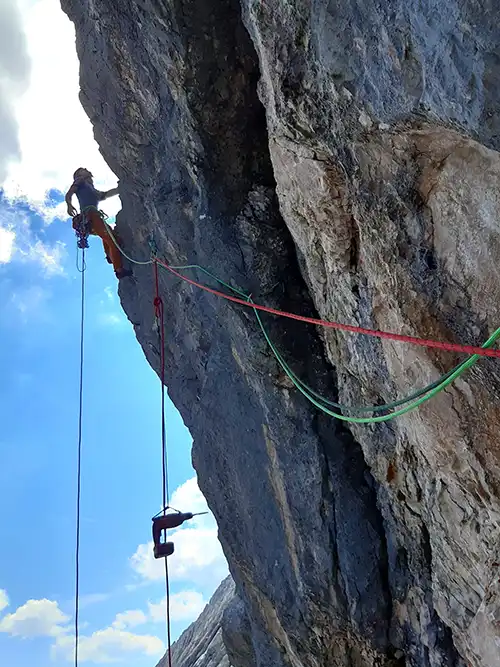
What criteria does a route have to meet to appeal to you?
So I climb in summer and winter, which is extremely different. In winter I don't really care, as long as there's two meters of ice hanging somewhere. The steeper and the more twisty, the better, of course. I think it's also a bit of the spirit of the times that people are accepting more and more rock through dry tooling.
What is important to me in general, in summer and winter, is that I am as uninfluenced as possible by other lines.
Martin Feistl
This is quite difficult to find in the Alps, as you can traverse 10 meters to the left without immediately fearing that you are crossing two old routes. That you have the freedom to decide where you go. That was such a cool experience in Greenland, where you have a whole wall to yourself.
Is there a first ascent in your career that means the most to you personally?
Yes, I would say there are two, both in winter. Once at Stalingrad in Karwendel with David Bruder. On the one hand, it was the next borderline experience ever for me, with personal boundaries, but also with David.
That was so hard on the limit and only worked because we were both together and pushed each other so hard.
Martin Feistl
What's so special about the line is that it's simply 1000 meters of new climbing terrain, without an old route to the left or right. And such a logical line over the length, it's unbelievable that you can still find something like that in the Alps.
The second is the fear control on the burner. It's similar, also 800 meters, in winter, a brilliant cone line. There is no other route on the entire mountain, there is only this line on the entire wall. In addition, we reached it by public transport from Innsbruck.
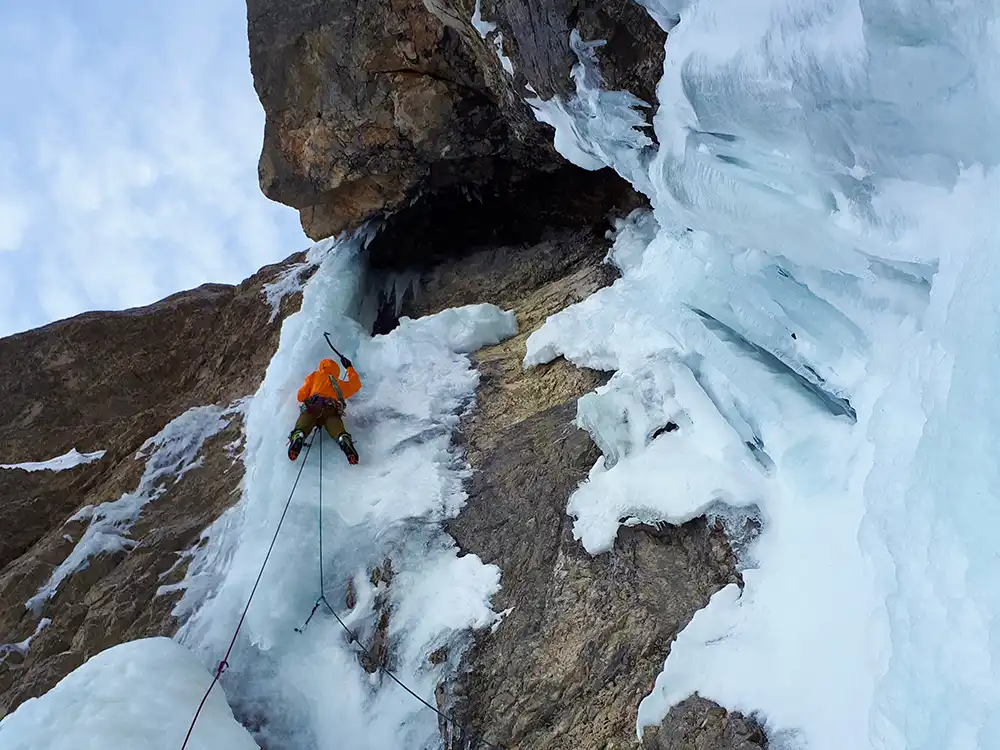
You are an advocate of Ecopoint climbing. Where does it come from?
This has grown over the last few years. I lived in Augsburg for a long time, so it was absolutely normal for me to spend at least an hour in the car to go exercise. Now in Innsbruck I have the privilege that there are damn good options for very little money.
Added to this is my geography studies. It's only logical if you also implement what you see every day in your private life. A lot of things came about through trying things out, where I realized: This really works really well and maybe it's not a waste of time if I need half an hour longer. It can even give you something back.
What principles do you hold dear when it comes to climbing?
I would say primarily free climbing. I can't do anything with technical climbing, not even as a means to an end.
I really try to climb freely from below, even on first ascents, at least from intermediate belays. This is very important to me.
Martin Feistl
And then as soon as you're in the public eye and you turn professional and there's money behind it, behind what you publish, you just have to be brutally honest.
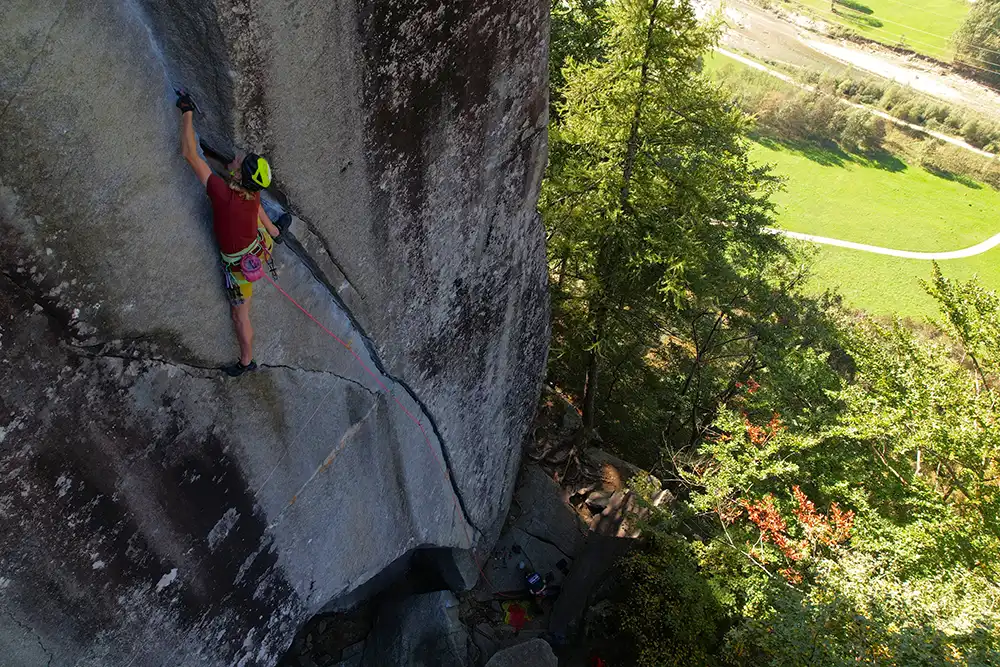
What is important to you about the people you rope with for an adventure?
The older I get, the more important it becomes who you do something like that with. I think when I was 18 I probably roped with anyone who could somehow secure themselves. Those days are long gone.
For large projects, I may have one or two people who really come into consideration. These are mostly people who know me better personally, who know me in extreme situations and can deal with me, to whom I don't feel like I have to explain myself for my tough style.
It's important to me that I don't feel like I'm forcing my understanding of good style on my partner when he would actually much rather do it completely differently.
Martin Feistl
You recently went on an ice cream trip with Simon Gietl for the first time to, as you wrote, “celebrate your shared understanding of good alpinism.” What was this first ascent like for him?
We have known each other for a long time and have spoken about Lowa personally. But actually being on the road with him now was of course very interesting and super cool.
It was also kind of funny because I had forgotten my crampons in the car. I was standing at the entrance and just thought: Oh my God, now I'm on the Simon Gietl and I've forgotten my crampons, that's not possible.
On the other hand, Simon also said that he hardly slept at all because he was traveling with the crazy guy, or whatever his reputation is.
And that was just really nice to see how we're both just human beings, but when it comes to the style of the first ascent, we don't have to talk for long, but we understand each other well.
Martin Feistl
You've done a lot of bold routes in the past that have rarely been repeated. What are you looking for in lines like that?
I think in the ice it's really the aesthetic of the line. The thinner the ice line, the more beautiful I find it just to look at. And if you're still able to climb it, then that's the greatest thing. Once you've learned how to move in the ice and are lucky enough, then you can do really crazy things.
How do you find the right size for you?
I had my last really big accident in 2018, where it was my own fault by misjudging the placements. Since then I have the feeling that I still take at least as much risk as I did back then. But when I do it - well, first of all, I do it less often - then I'm more aware of the consequences.
So before I get into a column, I take a very close look at it: Where do I make the stand so that it is safe in case something collapses? I'll take a look, can I maybe put a floating safety device somewhere? Where am I flying to? How far do I fly?
Especially with mixed routes, they are often perceived as very wild if you climb on one or two hooks secured to some pins, such as on Ethics Gardener.
But in the end nothing can happen to you: If the pin breaks off, it will fall in front of you and you will be secured to the rock.
Martin Feistl
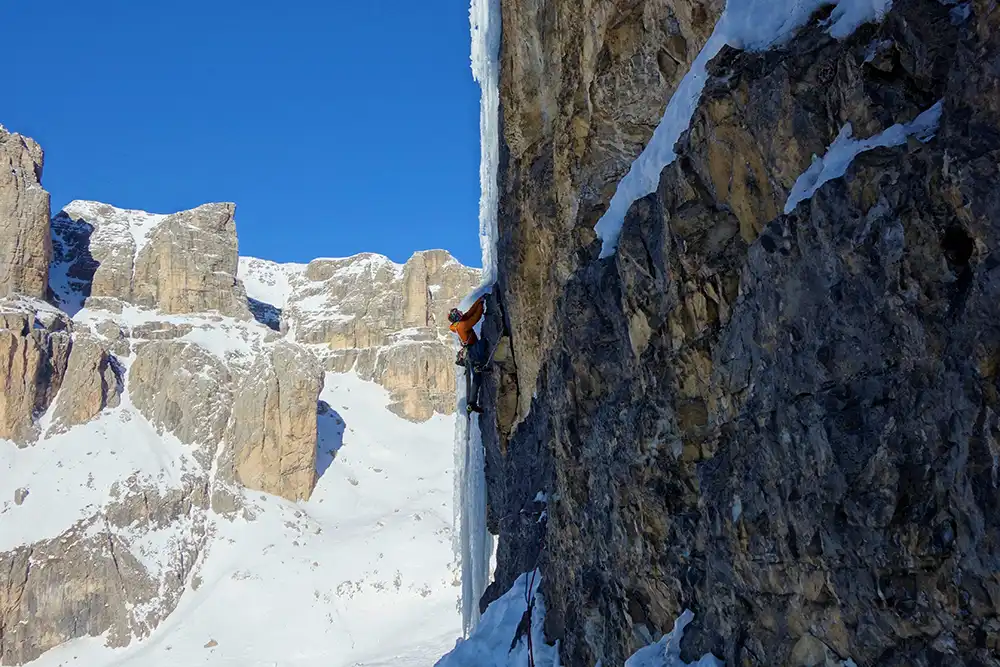
Have you always been endowed with a strong psyche?
I think so, but the level has increased and with it the danger of what I do on the ice. But I've always had some kind of switch that's either climbing or belaying.
I can stand in one place for 10 minutes and just worry about the belay. But if I then decide to switch to climbing, then I climb to the point that I previously imagined in my risk analysis.
You once said, “The greater the fears, the greater the experience.” Would you still sign this?
Yes, definitely. The moments when you are most afraid are the ones that stay with me the longest. But fear doesn't necessarily always have to be completely negative; as long as it's not panic, it can really be a good thing.
That might interest you
- 12 summits in 72 hours: Gietl climbs the Villnösser-Odle traverse solo
- Stand construction in the ice - Here's how | Ice Climbing Pro Tips
- Setting ice screws: how it works | Ice Climbing Pro Tips
Do you like our climbing magazine? When launching the climbing magazine Lacrux, we decided not to introduce a paywall because we want to provide as many like-minded people as possible with news from the climbing scene.
In order to be more independent of advertising revenue in the future and to provide you with even more and better content, we need your support.
Therefore: Help and support our magazine with a small contribution. Naturally you benefit multiple times. How? You will find out here.
+ + +
Credits: Cover photo Garry Knopp


